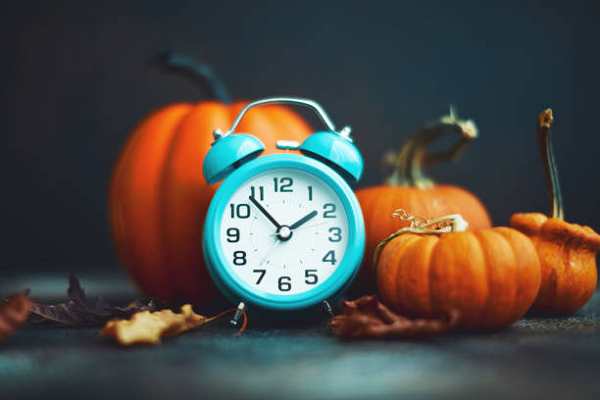The end of Daylight Saving Time can be difficult to adjust to, but there are ways to get through it. Sure for one night you get an extra hour of sleep but the entire process can mess up your internal clock for weeks after the change.
According to the Better Sleep Council, about 60% of American adults need a couple weeks to recover from Daylight Saving Time. Luckily, there are some simple, inexpensive sleep aids available to help. These tips will help you adjust to the seasonal time change by improving your sleep at night and so you wake up fresh in the morning ready to take on the day.
Be comfortable at night. We know the benefits of a great pair of pajamas. They don’t just make you look good, they will ensure that you get solid and productive sleep at night. Choose your pajamas based on your individual needs so for instance, if you get warm at night lighter fabrics are the way to go. If you’re someone who doesn’t like to feel confined, go for a loose fitting pair of pjs or a nightshirt. Whatever your style, you’ll find the perfect pair right here on our site!

Install blackout shades or curtains. One way to adjust to the end of Daylight Saving time is by installing dark window in your bedroom. These coverings block out sunlight and give you a really dark room which creates an ideal sleeping environment by stimulating the production of melatonin, which signals the brain to sleep. As an extra benefit, heavy dark window treatments can help insulate a room and minimize noise.
Wear a sleep mask. If blackout curtains are not an option, try wearing a sleep mask to block out light early in the morning. They are quite comfortable and make all the difference in the world when it comes to getting your rest and not waking up too early. And, they are quite fashionable so you’ll look fantastic while you snooze!

Use a sound machine. White noise machines help you get a better quality night’s sleep by masking other noises that disturb your sleep. Not only can they help you get to sleep but also stay asleep, and may even help to train your brain to know when it’s time to hit the sack.

Shortening or eliminating a child’s nap. This transition is tricky, and you’ll need to make sure your child is ready for it. Normally, naps are taken in the afternoon which gives them more energy to make it through the rest of the day. By eliminating this nap, your child will be more tired when it’s time for bed and keeping their sleep schedule from being thrown off.

Setting an alarm to go to bed earlier. Setting an alarm to go to bed earlier can be one of the easiest ways to adjust to the end of Daylight Saving Time. Most people find that sleeping between the hours of 10 pm and midnight is the most restful, and by setting an alarm, you can make the change easier. But you should remember to change the clock before you go to bed so you won’t end up playing the “it’s really XX o’clock” game.

Turn technology off. The light from your phone, tablet, or computer stimulates the brain and makes it more difficult to fall asleep. Turn off the phone and read a book or take a warm bath to unwind. The general rule of thumb is to avoid screens for at least two hours before bed.

Eat earlier and smarter. Try eating at earlier in the evening so your body has time to digest the food. Avoid spicy and fatty foods, and choose healthy proteins and whole grains instead. Another thing to avoid is caffeinated drinks later in the day so you have time to pass the caffeine through your system.










